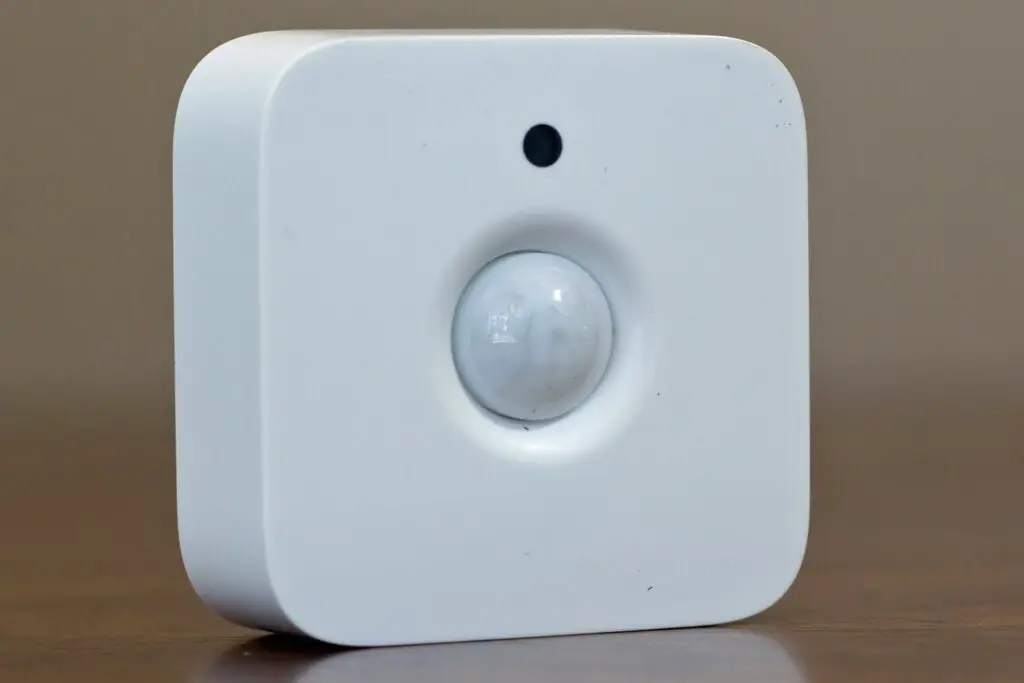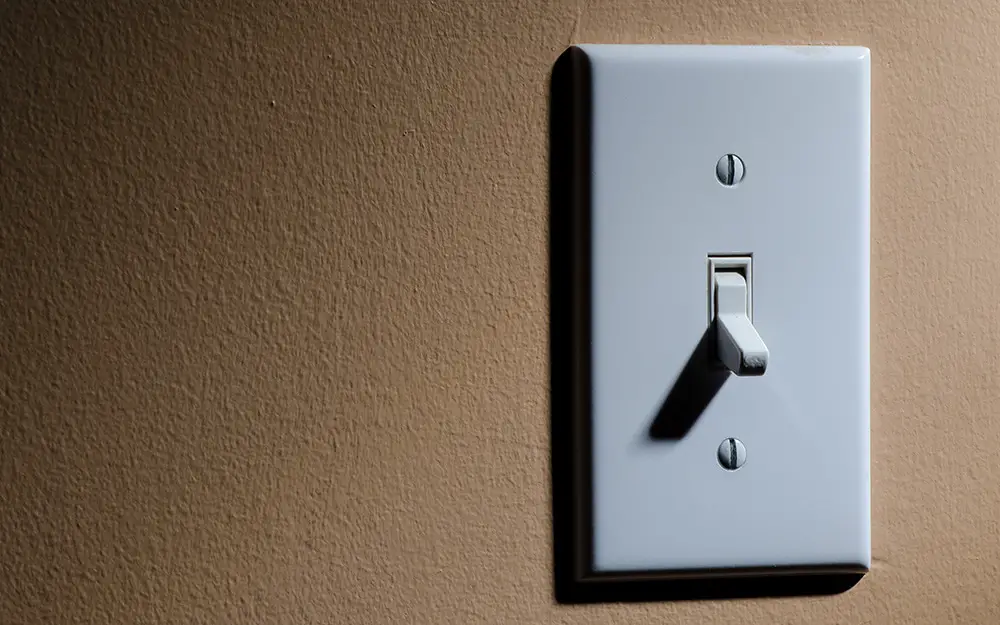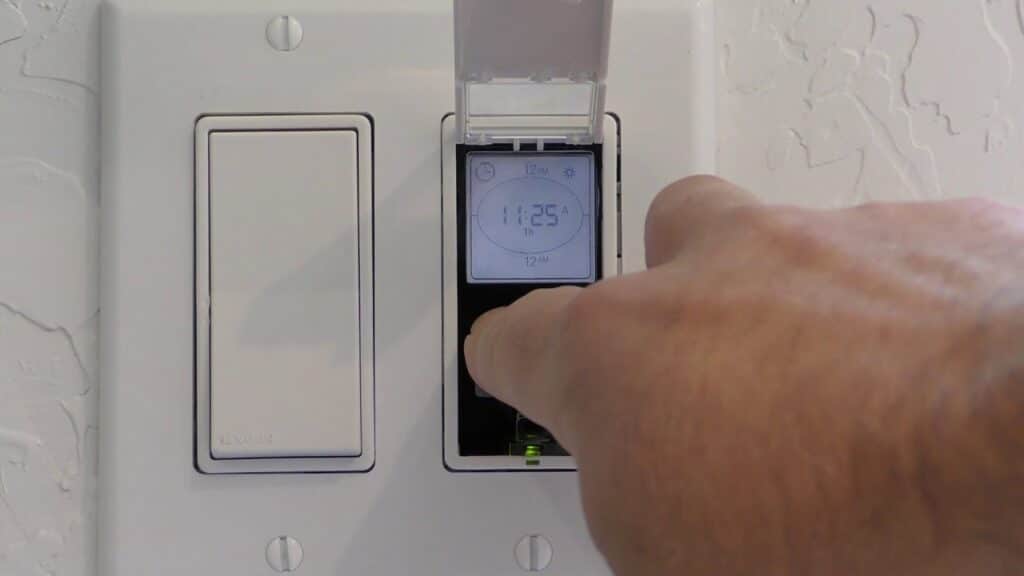Introduction
How To Program Leviton Motion Sensor Light Switch: Programming a Leviton motion sensor light switch is a straightforward process that allows you to customize and optimize the functionality of your lighting system. Leviton motion sensor light switches offer enhanced energy efficiency, convenience, and security by automatically turning on lights when motion sensor light is detected and turning them off when the area is vacant. By learning how to program these switches, you can fine-tune their settings to suit your specific needs and preferences.
We will configure the switch, change sensitivity and timer, and customize dimming and vacancy/occupancy modes. various switch models have various instructions and features, so read the user handbook. Leviton offers single-pole and three-way motion sensor light switches for home and office use.
Learning how to program a Leviton motion sensor light switch will help homeowners and business owners maximize this innovative technology. Let’s program your Leviton motion sensor light switch to maximize its potential.

How do you reprogram a motion sensor light switch?
Motion sensor lights are often easy to reset from your breaker panel.
- Turn off the circuit breaker that controls your motion sensor lights. Leave it off for one minute before flipping it on again.
- Check your motion sensor lights. For some models, resetting the breaker is all that is needed.
To reprogram a motion sensor light switch, follow these steps:
Turn off the power: Start by turning off the power to the switch at the circuit breaker or fuse box to ensure your safety.
Remove the switch cover: Use a screwdriver to remove the cover of the motion sensor light switch. This will expose the programming buttons or dials.
Reset the switch: Locate the reset button or switch on the motion sensor light switch. Press and hold the reset button or toggle the switch to reset the switch to its default settings. This step may vary depending on the model of the switch, so refer to the user manual if needed.
Enter programming mode: After resetting the switch, it should enter programming mode automatically. If not, consult the user manual to determine the specific programming mode activation process.
Adjust settings: Once in programming mode, use the provided buttons, dials, or switches to adjust the desired settings, such as sensitivity levels, timeout durations, and any other available customization options. Follow the instructions in the user manual for your specific model to navigate through the programming options.
Test the settings: After adjusting the settings, restore power to the switch and test its functionality. Walk within the motion sensor’s detection range to ensure the lights turn on and off as desired.
How does Leviton motion sensor switch work?
When someone walks into a sensor zone after the switch has been turned on by hand, the sensor turns on the lights and leaves them on. While someone is in the sensor zones, the lights will stay on. A delayed-OFF time adjustment keeps lights on when the room is occupied.
Leviton motion sensor switches automatically adjust lighting when motion is detected. The switches use passive infrared (PIR) sensors and clever technology to detect motion and turn on the lights.
PIR sensors are Leviton motion sensor switches’ main components. All objects above absolute zero generate infrared radiation, which the PIR sensor detects. The PIR sensor detects infrared radiation from body heat when an individual enters its detecting range. Sensor signals switch circuitry to turn on lights when motion is sensed.
Leviton motion sensor switches provide configurable sensitivity levels that respond correctly to motion. Leviton motion sensor switches often have customizable timeouts. The switch turns off the lights after a set time without motion. By turning off lights when the room is empty, this feature saves electricity.
How do you set a motion sensor light switch to stay on?
One way to disable motion detection and keep the light on is to swiftly flip the motion sensor on and off. Turn the motion sensor off, wait 10 seconds, and then turn it on to return to motion detection mode.
To set a motion sensor light switch to stay on, follow these steps:
Identify the switch type
Determine if you have a manual-on or automatic-on motion sensor light switch. Human-on switches require human activation, while automatic-on switches activate the lights when activity is detected.
Locate the switch’s override feature
Look for an override feature on the switch. This can be in the form of a button, switch, or dial. The override feature allows you to bypass the motion sensor and keep the lights on continuously.
Activate the override mode
Follow the instructions provided in the user manual to activate the override mode. This usually involves pressing or toggling the override button or switch. Different switches may have varying methods for activating the override mode, so refer to the specific instructions for your model.
Keep the lights on
The lights controlled by the motion sensor switch will remain on in override mode until you manually turn them off.
Disable the override mode
To return the switch to its normal motion-sensing operation, simply deactivate the override mode. This can typically be done by pressing or toggling the override button or switch again.
How do you turn off a Leviton motion sensor light switch?
To temporary disable the light or load from turning on, press and hold the bottom of the button for 5 seconds. The sensor will Ignore motion keeping the light/load off.
To turn off a Leviton motion sensor light switch, you can follow these steps:
Identify the switch type
Find out if your motion sensor light switch is manual or automatic. Automatic-off switches turn off the lights after a certain duration of no motion, while manual-off switches require manual action.
Manual-off switch
If you have a manual-off switch, simply locate the switch on the wall or switch plate and toggle it to the “Off” position. This will immediately turn off the lights connected to the motion sensor switch.
Automatic-off switch
If you have an automatic-off switch, you may not need to manually turn off the lights. These switches have a built-in timer that will automatically turn off the lights after a certain period of inactivity. The duration of the timer can usually be adjusted through the switch’s settings.
Adjusting the timer
If you want to change the duration of the automatic-off timer, refer to the user manual for your specific Leviton motion sensor switch model. The manual will provide instructions on how to access the settings and adjust the timer duration.

What is a Leviton switch?
The Leviton Residential Switches line has versions for every household need. Our switches are easy to install and built to last for home safety, style, and convenience.
Leviton, a leading electrical device and system maker, makes Leviton switches. It Leviton switches are popular for residential, commercial, and industrial applications due to their quality, reliability, and versatility.
Leviton offers many switch alternatives to suit different demands. These switches feature single-pole, three-way, dimmer, motion sensor, timer, and more. Switches have different functions and purposes.
Leviton switches are repeatedly tested to meet high industry standards for safety and performance. Due to their high-quality materials, exquisite engineering, and cutting-edge features, they are helpful and durable. Leviton switches frequently contain new technology and features that make them easy to use and power efficient.
How does a Leviton system work?
How does it work? Leviton devices have sensors built in to keep an eye on situations that are unique to each device. LEDs on the device or a phone or computer can display sensor data, depending on its functionality.
A Leviton system is a comprehensive home automation solution that integrates various devices and systems to provide centralized control and management of lighting, climate control, security, entertainment, and more. It operates through a combination of hardware components, software platforms, and network connectivity.
At the core of a Leviton system is a central controller, which serves as the command center for the entire system. The controller communicates with and controls various devices and systems, allowing users to monitor and adjust settings from a centralized interface. Leviton systems employ a variety of communication protocols, including Wi-Fi, Zigbee, Z-Wave, and Ethernet, to enable seamless connectivity and interoperability between devices.
This can be done by connecting smart devices like thermostats, door locks, cameras, sound systems, and more. Controlling the Leviton system is easy. You can use touch panels, smartphones, tablets, or voice commands with virtual helpers like Google Assistant or Amazon Alexa. The simple interfaces make it easy to handle the devices and let users customize and automate their homes the way they want.
How do I identify a Leviton switch?
Most of the time, the part number is in the top right corner of the strap. To see the strap, you will need to take off the wall plate. The part number may be engraved or stick on, depending on the type.
To identify a Leviton switch, you can follow these steps:
Look for the Leviton brand name: Check the switch itself for the Leviton brand name. Leviton switches typically have the brand name imprinted or labeled on the switch plate or the switch itself.
Examine the switch design: Leviton switches often have a distinct design and appearance that sets them apart from other brands. Look for Leviton switch design elements and distinctive features.
Check for Leviton logos or markings: Some Leviton switches may have the Leviton logo or specific markings that indicate their brand. Look for any symbols or labels on the switch that bear the Leviton logo or name.
Consult the packaging or documentation: If you still have the original packaging or documentation for the switch, check for any references to Leviton. The packaging or user manual should clearly indicate the brand of the switch.
Online research: If you are unable to identify the switch based on its physical characteristics, you can conduct online research. Visit the Leviton website or browse through their product catalog to compare the switch you have with the models available.
What are the typical settings I can adjust on a Leviton Motion Sensor Light Switch?
A Leviton motion sensor light switch offers a range of adjustable settings that allow you to customize its functionality according to your specific needs and preferences. Here are some typical settings you can adjust:
Sensitivity
You can adjust the sensitivity level of the motion sensor to determine how easily it detects motion. Higher sensitivity settings will detect even slight movements, while lower sensitivity settings may require more significant motion to trigger the switch.
Timeout
The lights stay on for the timeout setting when motion is no longer detected. You can adjust the timeout duration to your desired preference, ranging from a few seconds to several minutes.
Ambient light sensitivity
Some Leviton motion sensor switches have a feature that allows you to adjust the sensitivity to ambient light. This feature enables the switch to consider the existing lighting conditions before activating the lights. You can customize this setting to prevent unnecessary activation in well-lit areas.
Occupancy/Vacancy mode
For the most part, Leviton switches let you choose between occupancy mode and absence mode. If the lights are set to “occupancy mode,” they will turn on when they sense movement and off when there is no one in the room. When the lights are in “vacancy mode,” only someone can turn them on or off by hand.
Dimming options
Certain Leviton motion sensor switches include dimming capabilities. You can adjust the dimming levels to control the brightness of the lights when they are activated.
Can I use a Leviton Motion Sensor Light Switch with any type of light fixture?
Leviton motion sensor light switches are compatible with a wide range of light fixtures, making them versatile and suitable for various applications. However, it is important to consider certain factors to ensure proper compatibility and functionality.
Leviton motion sensor switches work with incandescent, halogen, dimmable LED, and CFL light bulbs. They may also be compatible with specific types of lighting systems such as fluorescent or magnetic low-voltage (MLV) fixtures, but it is important to check the product specifications or consult Leviton’s documentation for compatibility information. Additionally, Leviton offers a variety of motion sensor switch models to accommodate different types of installations, including single-pole switches for controlling a single light fixture and three-way switches for controlling lights from multiple locations.
Make sure to select the appropriate switch model based on your specific installation requirements. Furthermore, it’s worth noting that certain specialized light fixtures or systems, such as those with integrated motion sensors or complex lighting control systems, may have specific compatibility considerations. To ensure compatibility and appropriate installation, consult Leviton’s technical support or a trained electrician.

Conclusion
Programming a Leviton motion sensor light switch is a relatively simple process that allows you to customize and optimize the functionality of your lighting system. By following the step-by-step instructions provided in this guide, you can tailor the switch’s settings to suit your specific needs and preferences, whether it’s adjusting sensitivity levels, timeout settings, or customizing additional features.
The ability to program a Leviton motion sensor light switch offers numerous benefits. It enhances energy efficiency by automatically turning lights on when motion detected and off when the area is vacant, ensuring that lights are not left on unnecessarily. This feature can lead to significant cost savings and reduce your environmental footprint. Additionally, customization options such as dimming capabilities and vacancy/occupancy modes allow you to create a lighting environment that suits your preferences and maximizes convenience and comfort.
By mastering the programming process for Leviton motion sensor light switches, you gain greater control over your lighting system, which can contribute to increased security, convenience, and overall satisfaction. Remember to consult the user manual specific to your Leviton motion sensor light switch model for detailed instructions and additional features that may be available.

